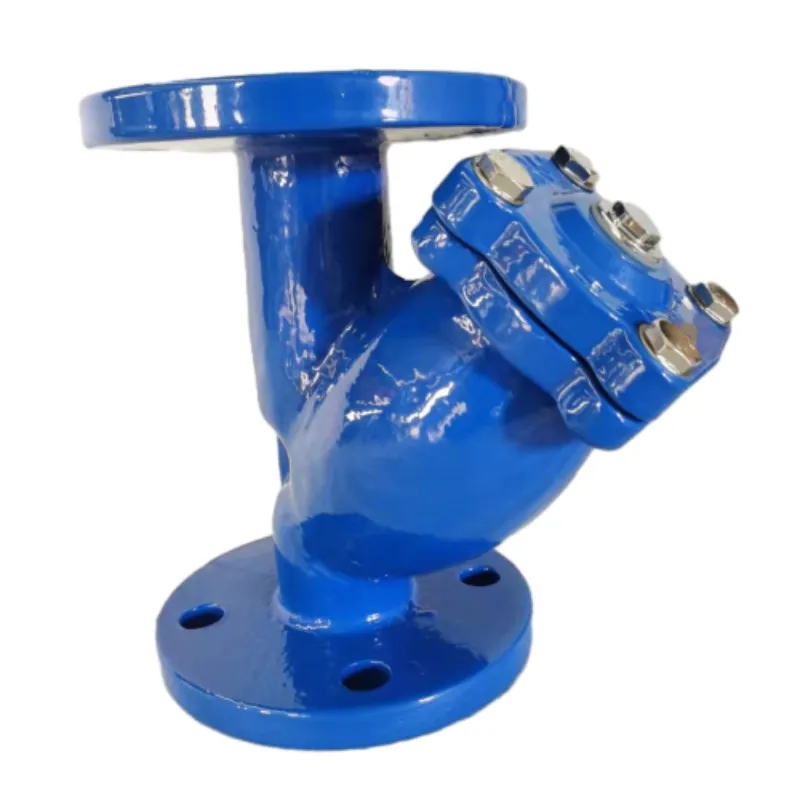Anti-Ram Vehicle Barriers | Secure Your Property with Advanced Protection
Understanding Anti-Ram Vehicle Barriers A Critical Component of Modern Security
In an age where security concerns are escalating globally, anti-ram vehicle barriers have emerged as crucial installations for protecting buildings, infrastructure, and public spaces from potential vehicle-based attacks. These barriers, designed specifically to stop or mitigate the impact of a vehicle ram-raid, are integral in maintaining safety while allowing for unrestricted pedestrian and normal vehicular traffic.
Anti-ram vehicle barriers come in various forms, including bollards, gates, and barricades, all engineered to withstand significant forces. The effectiveness of these barriers is typically measured by their ability to halt vehicles of specific weights traveling at designated speeds. For instance, a properly designed anti-ram barrier can stop a vehicle weighing up to 15,000 pounds traveling at a speed of 50 miles per hour. This impressive capability highlights their importance, especially in high-risk areas such as government buildings, airports, and busy urban centers.
Understanding Anti-Ram Vehicle Barriers A Critical Component of Modern Security
Moreover, advancements in technology have further revolutionized these systems. Smart barriers equipped with sensors and monitoring software can assess threats in real time, allowing for automated responses and efficient management of security protocols. This integration of technology aids security personnel in making informed decisions quickly during critical situations, enhancing overall safety measures.
anti ram vehicle barrier

In addition to government and military facilities, the use of anti-ram vehicle barriers has extended to commercial sites, such as shopping centers, stadiums, and entertainment venues. These areas attract large crowds, making them potential targets for malicious attacks. To counteract this threat, many businesses are investing in robust barrier systems to protect their establishments and patrons.
While the primary purpose of anti-ram barriers is to prevent vehicular attacks, they also serve additional functions, such as managing traffic flow and securing perimeter areas. For example, barriers can direct vehicles to designated entry points and ensure that only authorized vehicles gain access to sensitive areas. This multifaceted utility adds to the value of these installations.
It is essential to understand that while anti-ram vehicle barriers significantly enhance security, they are just one piece of a comprehensive security strategy. Ongoing threat assessments, trained security personnel, surveillance systems, and emergency response plans must accompany physical barriers to create an effective protective environment.
In conclusion, as the global landscape continues to evolve and security threats become more sophisticated, the importance of anti-ram vehicle barriers cannot be overstated. Their role in safeguarding public spaces, protecting infrastructure, and ensuring the safety of individuals is critical. The continuous improvement of these barriers will likely remain a priority for security experts and urban planners alike, ensuring that safety and accessibility can go hand in hand in our modern world.
-
The Smarter Choice for Pedestrian AreasNewsJun.30,2025
-
The Gold Standard in Round Drain CoversNewsJun.30,2025
-
The Gold Standard in Manhole Cover SystemsNewsJun.30,2025
-
Superior Drainage Solutions with Premium Gully GratesNewsJun.30,2025
-
Superior Drainage Solutions for Global InfrastructureNewsJun.30,2025
-
Square Manhole Solutions for Modern InfrastructureNewsJun.30,2025
-
Premium Manhole Covers for Modern InfrastructureNewsJun.30,2025
